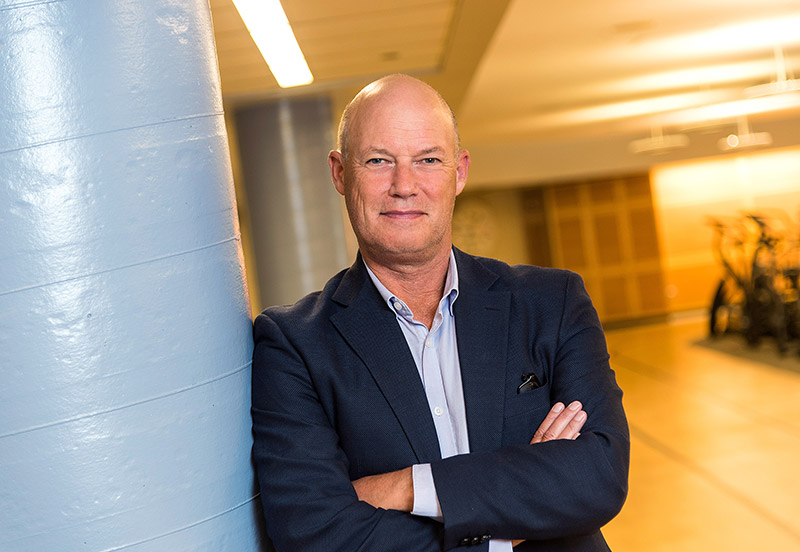Cigarette smokers face twice the risk of heart disease compared with non-smokers, and most of them—more than 60%—want to quit. About half of Canadian smokers try to kick tobacco every year. Unfortunately, the likelihood of success for those who attempt to quit on their own is dismal: fewer than 5% will remain tobacco-free one year later.
But “with effective treatments, we can quadruple or quintuple or even sextuple the success rate,” explained Robert Reid, PhD, deputy division head of Prevention and Rehabilitation at the Ottawa Heart Institute. “There are opportunities to intervene with smokers and offer treatment that are not being taken advantage of at this point in time,” he added.
With the goal of highlighting recent advances in treatments to aid smoking cessation, as well as pointing out persistent myths about cessation that might be preventing doctors from providing the most effective tools to their patients, Dr. Reid and his colleagues at the Heart Institute published the first review of smoking cessation treatment in the Canadian Medical Association Journal in over a decade.
The issues discussed in the review include:
- Effectiveness: Combining smoking cessation aids is more effective than any single treatment alone. For example, combining a nicotine patch with a nicotine gum, lozenge, inhaler or oral spray is more effective than any single nicotine replacement (NRT) aid. Adding a nicotine patch to the oral cessation drug varenicline (Chantix®) works better than varenicline alone.
- Safety: Contrary to earlier concerns, a recent large clinical trial showed that varenicline does not increase the risk of suicide, depression or other mental health issues. And NRT is both safe and effective for patients who already have heart disease.
- Goals: Even though some smokers might not be ready to quit right away, many are interested in reducing their tobacco use, either as a step towards quitting or as a goal in itself, and many of the treatments for cessation can also be used to help people minimize their smoking.
The authors also address the fact that reliable systems are needed at every level of care “to make sure that all smokers are identified and offered assistance when you come into contact with them,” said Dr. Reid. “We know that it’s good for people to stop smoking, but there’s a gap in that clinicians don’t seem to address this very routinely in their practice.” Many barriers keep this gap open, including competing medical priorities during visits and knowledge of what it is that patients need to help them quit, he explained.
“Smokers don’t need more information about why smoking is harmful. What they need is assistance and help,” said Andrew Pipe, MD, head of Prevention and Rehabilitation at the Heart Institute, in a podcast that accompanied the CMAJ article.
Listen to the CMAJ podcast:
“A lot of times doctors think that all they have to do is to tell smokers about the thousand and one reasons why they shouldn’t smoke, and they’ll finally see the light and change their behaviour on the spot,” added Dr. Reid. “But a cigarette is a finely tuned instrument of addiction. People are generally smoking, particularly if they’ve been at it a while, out of compulsion and addiction, not as a choice.”
But while training doctors in what works is necessary to change behaviour in practice, “It’s not sufficient,” said Dr. Reid. The practice setting itself must also be changed “to make it easy for clinicians to intervene with smokers that they come into contact with. That’s everything from having materials close to hand, to having reminders and cues in the environment and in the electronic medical record, to having easy access to referral for follow-up,” he explained. One such practice-changing program, the Ottawa Model for Smoking Cessation, recently celebrated its 10th anniversary of partnership with regional hospitals (see the sidebar below).
“The main chronic diseases we deal with in healthcare today are cardiovascular disease and stroke, but there are also cancers and respiratory diseases, and smoking is a causative factor in all of those,” said Dr. Reid. “It’s really the most preventable cause of why people are being hospitalized, why they’re accessing the healthcare system in the first place. So it doesn’t make sense if we don’t address the root the cause of why people are coming to see us.”
The Ottawa Model for Smoking Cessation Celebrates 10 Years of Partnership
In 2002, smoking cessation experts at the Ottawa Heart Institute developed the Ottawa Model for Smoking Cessation (OMSC), an institutional program that, as part of routine care, systematically identifies, provides treatment to and offers follow-up to patients who smoke. In 2006, the Heart Institute began to assist other inpatient, outpatient and primary care settings in implementing the OMSC throughout Eastern Ontario.
Since the implementation of the partnership with OMSC, 100,000 smokers have been reached through personalized and best practice tobacco dependence treatment, resulting in increased quit attempts and long-term cessation. An estimated 25,000 smokers are smoke-free as a result of the support they received. The program is currently in place in more than 350 sites in Canada and growing.


